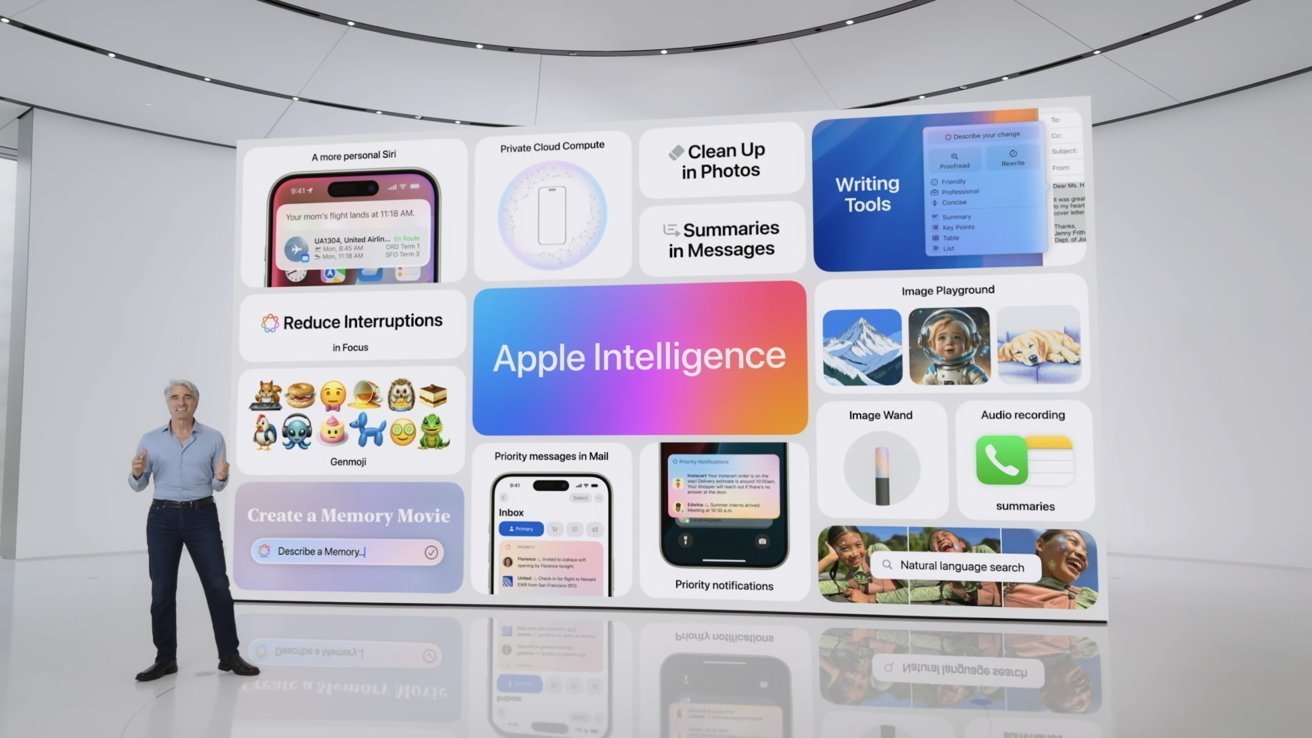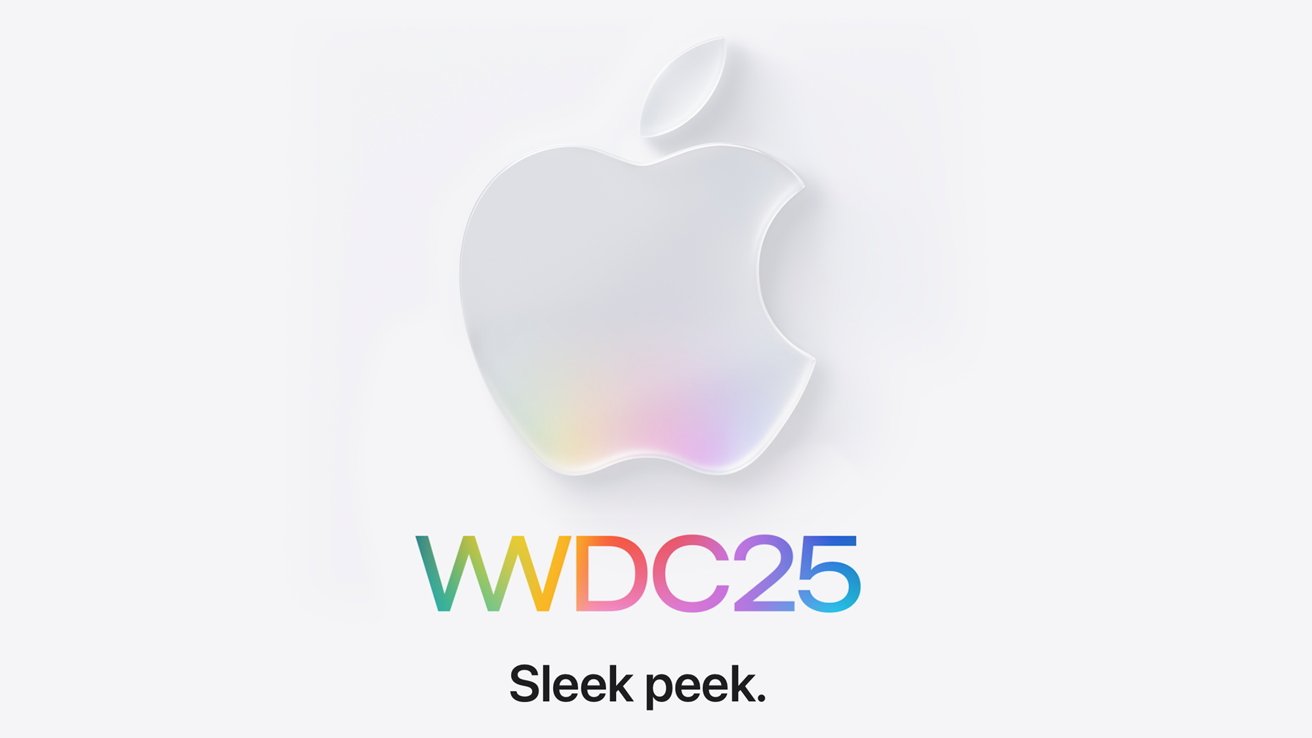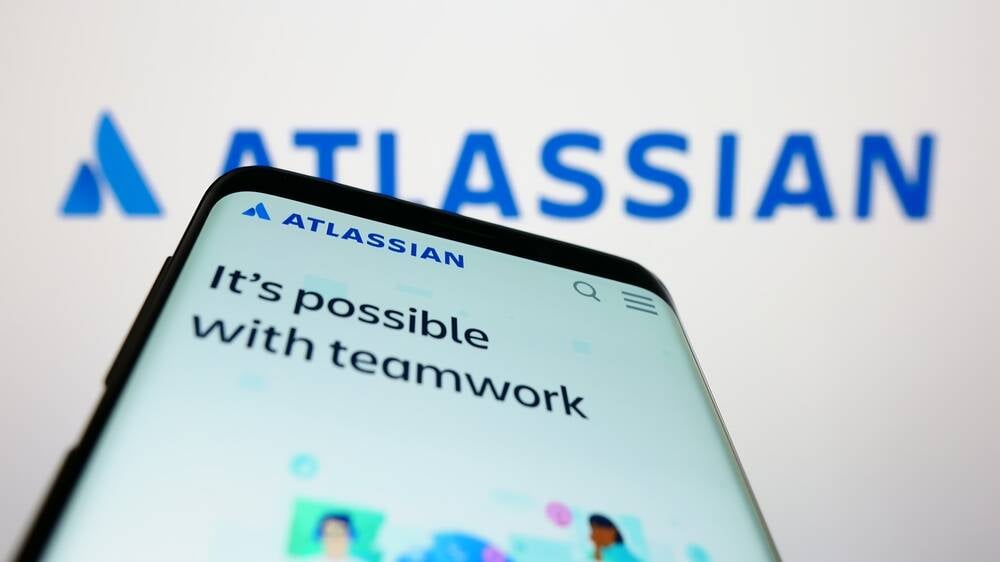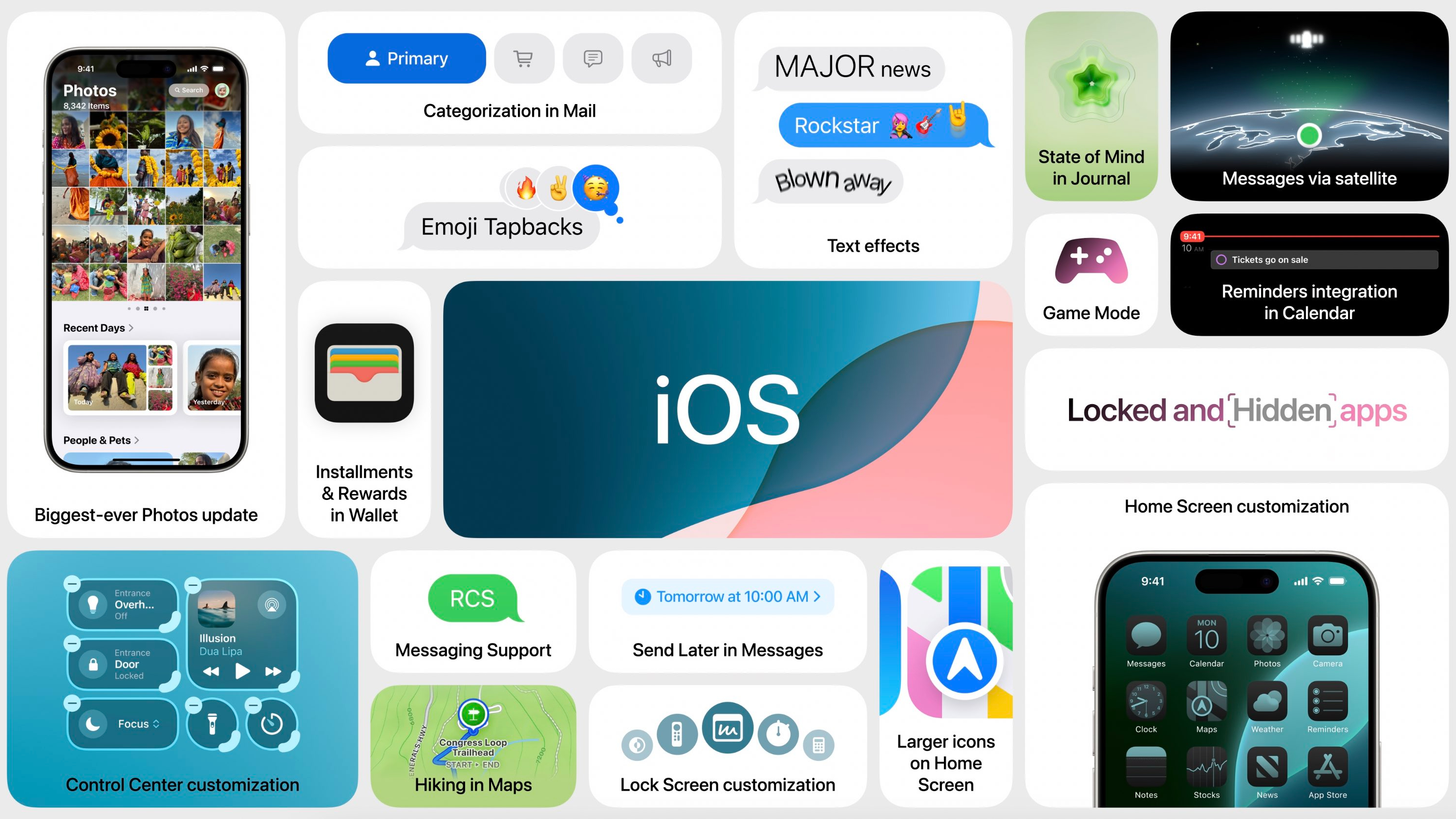Vibe Coding: ″Feel pain. Accept pain.‶
Background: Honestly, I was skeptical about vibe coding. I only used LLMs to help with a small portion of the code — around 10%. Why? Because it doesn’t know the context. It’s great at building standard apps like calculators, e-commerce templates, or to-do lists… but that’s not what I needed. That’s not to say I didn’t use it. I did. I leaned on it to: Fix bugs Write code for domains I haven’t faced before Answer questions I was too lazy to Google But everything changed when I started building a Phoenician transliteration tool — a website that converts Arabic and English text into the ancient Phoenician script. And I was doing this in ReactJS... without ever really learning ReactJS. Sure, I had some experience with Flutter. But building a web app in Flutter felt off. React was calling. It Worked at First Sight! I tested the idea using ChatGPT. First, I asked Gemini to help me craft a good prompt. I tweaked it a bit, then passed it to ChatGPT. To my surprise, within about two hours, I had a working, decent-looking website. Sure, I had to adjust some of the mapping logic — the GPT-generated code wasn’t perfect there — but still, it worked. The LLMs handled everything else surprisingly well, from code generation to debugging. Except for the core logic — as I mentioned earlier, that part still needed human intuition and correction. Where the Problems Started Then came the part where I had to actually deploy the website — and that’s when the real problems began. ChatGPT couldn’t even provide a full list of the libraries it used. I thought, “Okay, maybe Cursor can help me solve this.” But even Cursor couldn’t install all the necessary libraries correctly. Worse, I couldn’t even get the app to run locally — only inside ChatGPT’s code canvas. Both Cursor and ChatGPT were using outdated methods for starting React projects. After some digging, a few hallucinated commands from ChatGPT, and multiple retries, I finally got partial answers. Some libraries were revealed, but I had to manually go through component websites to figure out what was missing. For example, ChatGPT used shadcn/ui components but never referenced or installed the package. Eventually, after several trial-and-error commands, I was able to: Start the app locally Fix the missing pieces And finally, deploy it on GitHub Pages It’s Live… But Was It Worth It? In the end, I managed to upload the site and get a fully working version online. Yes — I even added it to Google Search and made final tweaks without using any LLMs

Background:
Honestly, I was skeptical about vibe coding. I only used LLMs to help with a small portion of the code — around 10%.
Why?
Because it doesn’t know the context.
It’s great at building standard apps like calculators, e-commerce templates, or to-do lists… but that’s not what I needed.
That’s not to say I didn’t use it. I did.
I leaned on it to:
- Fix bugs
- Write code for domains I haven’t faced before
- Answer questions I was too lazy to Google
But everything changed when I started building a Phoenician transliteration tool — a website that converts Arabic and English text into the ancient Phoenician script.
And I was doing this in ReactJS... without ever really learning ReactJS.
Sure, I had some experience with Flutter. But building a web app in Flutter felt off. React was calling.
It Worked at First Sight!
I tested the idea using ChatGPT.
First, I asked Gemini to help me craft a good prompt. I tweaked it a bit, then passed it to ChatGPT.
To my surprise, within about two hours, I had a working, decent-looking website.
Sure, I had to adjust some of the mapping logic — the GPT-generated code wasn’t perfect there — but still, it worked.
The LLMs handled everything else surprisingly well, from code generation to debugging.
Except for the core logic — as I mentioned earlier, that part still needed human intuition and correction.
Where the Problems Started
Then came the part where I had to actually deploy the website — and that’s when the real problems began.
ChatGPT couldn’t even provide a full list of the libraries it used. I thought, “Okay, maybe Cursor can help me solve this.”
But even Cursor couldn’t install all the necessary libraries correctly.
Worse, I couldn’t even get the app to run locally — only inside ChatGPT’s code canvas.
Both Cursor and ChatGPT were using outdated methods for starting React projects.
After some digging, a few hallucinated commands from ChatGPT, and multiple retries, I finally got partial answers.
Some libraries were revealed, but I had to manually go through component websites to figure out what was missing.
For example, ChatGPT used shadcn/ui components but never referenced or installed the package.
Eventually, after several trial-and-error commands, I was able to:
- Start the app locally
- Fix the missing pieces
- And finally, deploy it on GitHub Pages
It’s Live… But Was It Worth It?

In the end, I managed to upload the site and get a fully working version online.
Yes — I even added it to Google Search and made final tweaks without using any LLMs






































































![[The AI Show Episode 151]: Anthropic CEO: AI Will Destroy 50% of Entry-Level Jobs, Veo 3’s Scary Lifelike Videos, Meta Aims to Fully Automate Ads & Perplexity’s Burning Cash](https://www.marketingaiinstitute.com/hubfs/ep%20151%20cover.png)























































































































































































































![Z buffer problem in a 2.5D engine similar to monument valley [closed]](https://i.sstatic.net/OlHwug81.jpg)


































































































































-1280x720.jpg?width=1920&height=1920&fit=bounds&quality=70&format=jpg&auto=webp#)




















_Zoonar_GmbH_Alamy.jpg?width=1280&auto=webp&quality=80&disable=upscale#)

















































































































![M4 MacBook Air Hits New All-Time Low of $837.19 [Deal]](https://www.iclarified.com/images/news/97480/97480/97480-640.jpg)



































































